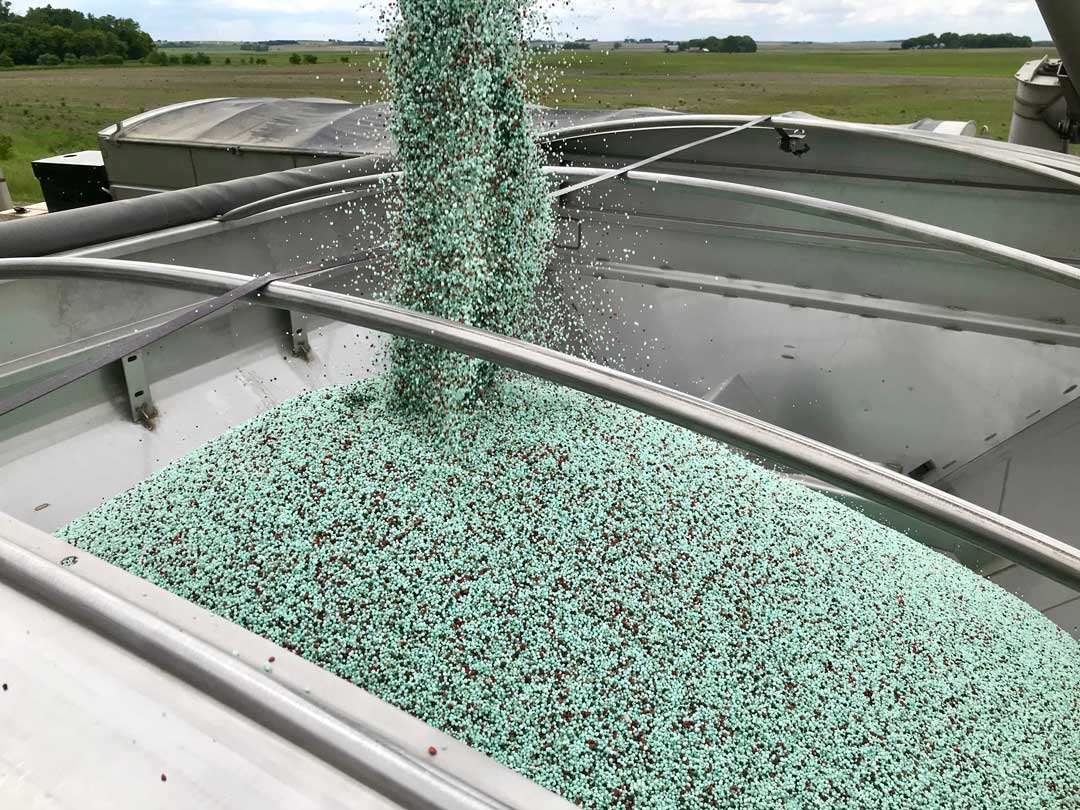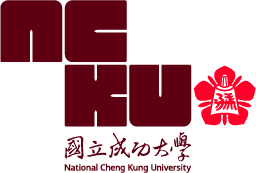
An Innovative Catalyst for Efficient and Eco-Friendly Urea Production
Researchers have developed a novel copper catalyst with atomic-scale spacings for energy-saving and eco-friendly urea production
Urea is the most widely used fertilizer. Current industrial urea production methods consume a significant amount of energy. On the other hand, electrochemical co-reduction of carbon dioxide and nitrates offers an environment-friendly alternative but suffers from low yield. Now, researchers have developed a new copper-based catalyst that significantly improves urea yield and can lead to the widespread adoption of this energy-saving and eco-friendly urea production process.
Urea is an important fertilizer, with the highest nitrogen content among all nitrogen-based fertilizers, which helps feed more than half of the world’s population. Moreover, it has applications in non-agricultural industries such as textiles, plastics, medicines, and energy carriers. Current industrial urea production processes require high temperature and pressure conditions which consume a considerable amount of energy. This accounts for approximately 2% of the world’s energy production and results in excessive carbon dioxide emissions.
Recent studies have proposed an eco-friendly alternative: the one-step electrochemical co-reduction of carbon dioxide (CO2) and nitrates (NO3–) to urea via carbon-nitrogen coupling. However, despite being energy-efficient and environment-friendly, this process still faces challenges, including low yield rate and low faradaic efficiency. This arises from the low selectivity and reactivity of materials used in this process, necessitating the need for advanced electrocatalysts.
Now, a multinational team of researchers, led by Professor Youngkook Kwon from Ulsan National Institute of Science and Technology, Korea, in collaboration with Professor Mu-Jeng Cheng from National Cheng-Kung University, Taiwan, has developed an innovative new catalyst for the electrochemical co-reduction of CO2 and NO3–. By introducing atomic scale spacings between two facets of copper nanoparticles, the team achieved a catalyst with enhanced reactivity and selectivity for electrochemical urea synthesis.
“The electrochemical co-reduction process of producing urea can be conducted at room temperature and atmospheric pressure, and the required electricity can be supplied through renewable energy sources. Moreover, CO2 is a greenhouse gas, and NO3– is a major component of wastewater. And during this process, both substances can be simultaneously consumed,” explains Prof. Cheng. Their study was published in the journal Energy & Environmental Science on 28 March 2023.
To introduce atomic spacings in copper nanoparticles, the researchers applied electrochemical lithiation to a copper oxide (Cu2O) sample. In this process, lithium ions react with Cu2O, resulting in the formation of atomic spacings inside the nanoparticles. The team prepared four different variations of the catalyst with varying atomic spacings and tested their urea production capabilities.
Experiments revealed that the sample with an atomic spacing of 6 Å achieved a significantly higher urea yield compared to plain copper catalysts and also outperformed the other samples. Moreover, its selectivity for urea reached 52%, with both the reactivity and selectivity being the highest-ever reported in literature. The team also conducted quantum mechanical simulations to examine how this catalyst improves the electrochemical production of urea. They found that the atomic spacings increase the charge transfer and stabilize the reaction transition state of the carbon-nitrogen couplings, significantly reducing the energy required for the reaction, hence, increasing the urea production rate.
Prof. Cheng highlights the significance of this innovation, stating: “This new catalyst can pave the way for industrial electrochemical urea synthesis, saving a significant amount of energy compared to traditional methods. It will also help mitigate the greenhouse effect caused by excess CO2 in the atmosphere and facilitate the purification of wastewater generated by agriculture and industry, aligning with the goals of green chemistry and sustainable development.”
In conclusion, this groundbreaking innovation presents an environmentally friendly approach to producing urea by using CO2 and NO3– as raw materials themselves with the potential to revolutionize urea production, paving the way towards a more sustainable future!

About Professor Mu-Jeng Cheng
Mu-Jeng Cheng is a Professor in the Department of Chemistry at National Cheng Kung University (NCKU), Taiwan. He obtained a Ph.D. in chemistry from the California Institute of Technology, USA, in 2012. His research interests include molecular material simulation and physical chemistry, especially catalysts, electrochemical reduction, density functional theory, and chemical activation. He has published over 100 research papers on these topics and received almost 6,000 citations so far. His work actively contributes to the UN Sustainable Development Goal 7 of affordable and clean energy.
Reference
AuthorsSeokmin Shin1, Siraj Sultan1, Zong-Xian Chen2, Hojeong Lee1,
Hansaem Choi1, Tae-Ung Wi3, Changhyun Park1, Taewon Kim1, Chanhee Lee1, Jihong Jeong1, Hyeju Shin4, Tae-Hee Kim4, Hyungkuk Ju5, Hyung Chul Yoon5, Hyun-Kon Song1, Hyun-Wook Lee1, Mu-Jeng Cheng2, and Youngkook Kwon1,6
Copper with an atomic-scale spacing for efficient electrocatalytic co-reduction of carbon dioxide and nitrate to urea
Energy & Environmental Science
Affiliations
1School of Energy and Chemical Engineering, UNIST
2Department of Chemistry, National Cheng Kung University (NCKU)
3Department of Chemical and Biomolecular Engineering, Rice University
4Ulsan Advanced Energy Technology R&D Center, Korea Institute of Energy Research (KIER)
5Climate Change Research Division, Korea Institute of Energy Research (KIER)
6Graduate School of Carbon Neutrality, UNIST
